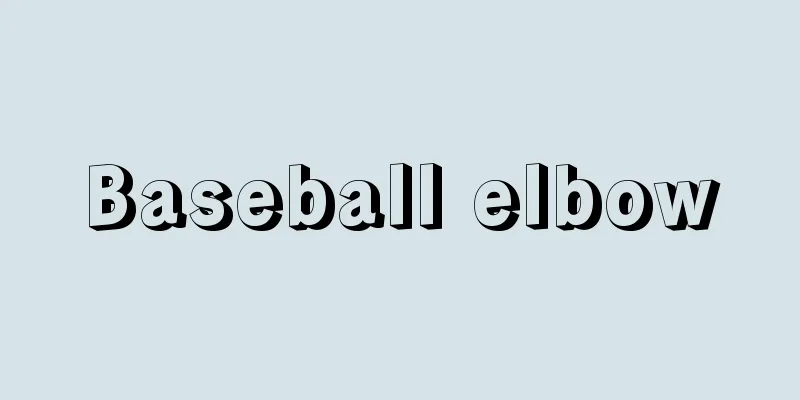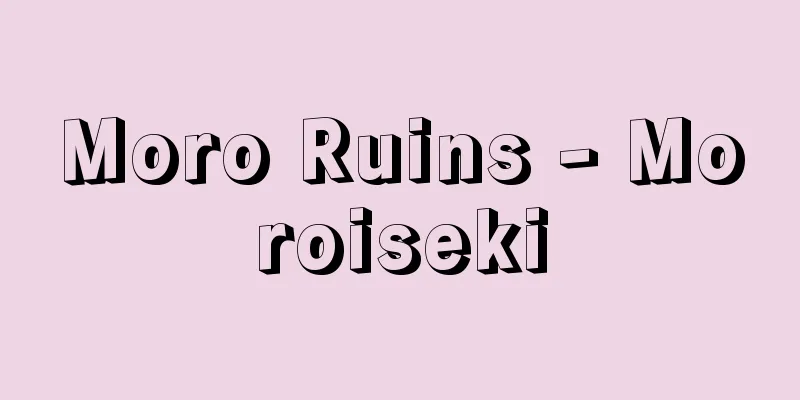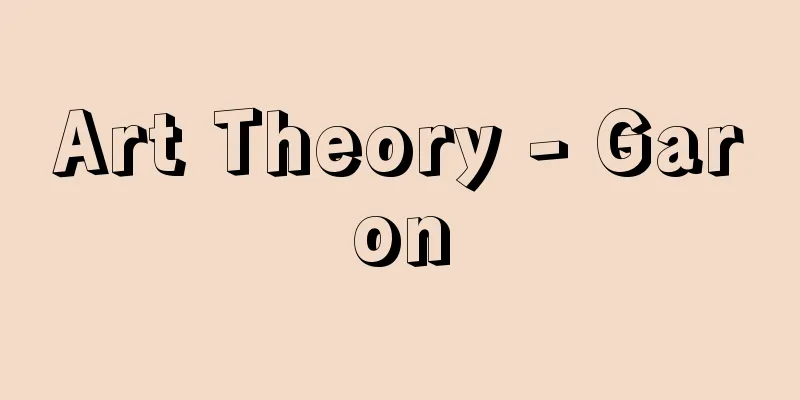Baseball elbow

What kind of disability is it? This is an elbow disorder that occurs when the elbow joint is forced into excessive valgus (bending outward) in a flexed position, mainly during the acceleration phase of the pitching motion, which causes repeated pulling stress on the inside, compressive stress on the outside, and collision and pulling stress on the rear. At first, the elbow is forced into valgus, causing Injuries caused by posterior stress are mainly typified by epiphyseal separation caused by repeated pulling on the olecranon by the contraction of the triceps. complicationsIf the damage within the joint progresses, it can become osteoarthritis of the elbow, which can interfere with daily life, so early detection and treatment are important. How symptoms manifest The first symptom is pain in any part of the body. At first, there is localized pain only when pitching, and when resting, there is no pain or Testing and diagnosis X-rays are used to check for abnormalities in each part of the bone. On the inside, findings such as separation, segmentation, sclerosis, irregularity, and thickening of the epiphyseal nucleus (bones outside the growth line) may be seen. On the outside, findings such as a clear focus (a lesion that appears as a dark hole), separation, or loss of the capitellum of the humerus may be seen. On the posterior side, findings such as separation, sclerosis, and irregularity of the epiphyseal nucleus of the olecranon may be seen. Loose bodies and osteophytes may be seen on X-rays, but CT scans will show them in more detail. MRI can be used to detect osteochondral changes that are not yet apparent on X-rays or CT images, as well as changes in the bone and cartilage that may be present. Treatment methodsTreatment plans vary depending on the location of the injury, its progression, as well as the patient's age and individual circumstances, but the general rule is early detection and early treatment. Most medial injuries can be cured early with conservative treatment such as cessation of pitching. However, if left untreated at this stage, the lateral injury will progress, so care must be taken. For external injuries, if the injury is minor, it can be cured by ceasing pitching until the damage is repaired; however, if the osteochondral lesion becomes more severe or a loose body has formed, surgery will be necessary. Surgical methods include drilling (making holes) in the area where separation or loss has occurred. Prevention measuresFactors that cause baseball elbow during the growth period include underdevelopment of bones, cartilage, and muscles, and immature pitching technique. To prevent and recur, warming up and cooling down before and after pitching, stretching, strength training, and improving pitching form are recommended. In addition, since the main cause is thought to be excessive pitching, it is necessary to limit the number of pitches (50 pitches/day, 300 pitches/week). Prince Kato Baseball elbow |
どんな障害か 投球動作の主にアクセレーション期(加速期)に、肘関節が屈曲位で過度の外反(外側に反る)を強制されることにより、内側には引っ張りストレス、外側には圧迫ストレス、後方には衝突や引っ張りストレスが繰り返し加わることによって発生する肘の障害です。とくに、肘の はじめは、肘の外反が強制されることにより内側の 後方にストレスが加わることによって起こる障害は、主に上腕三頭筋の収縮が肘頭を繰り返し引っ張ることによって起こる骨端線の離開に代表されます。その他、 合併症関節内の障害は進行すると変形性肘関節症となり、日常生活に支障を来すことになるので、早期発見・早期治療が重要になります。 症状の現れ方 自覚症状はどの部位の障害も疼痛で始まります。はじめは投球時にのみ局所に疼痛があり、安静時には無痛か 検査と診断 X線撮影で各部位の骨の異常を調べます。内側は骨端核(成長線の外にある骨)の離開、分節化、硬化、不整、肥厚など、外側は上腕骨小頭の透明巣(黒く抜けて見える病巣)、分離、欠損など、後方は肘頭の骨端核の離開、硬化、不整などの所見が認められることがあります。遊離体や骨棘はX線像でもわかる場合もありますが、CT撮影でより詳細に描き出されます。MRIはX線、CT像でまだ現れていない骨軟骨変化や、 治療の方法障害部位とその進行程度、さらには年齢や個人の事情によって治療方針は異なりますが、原則は早期発見・早期治療です。内側の障害は、早期であればほとんどが投球中止などの保存療法で治ります。しかし、この段階で放置すると外側の障害が進行することになるので注意を要します。 外側の障害についても、程度が軽ければ損傷が修復するまで投球を中止することによりよくなりますが、骨軟骨病変の分離が進んだり、遊離体ができてしまった場合などには手術が必要になります。 手術方法としては分離や欠損を起こしている部位へのドリリング(穴をあける)や 予防対策成長期の野球肘の発生要因としては、骨、軟骨、筋肉の未発達、投球技術の未熟などがあげられます。予防・再発予防として、投球前後のウォーミングアップとクールダウン、ストレッチング、筋力トレーニング、投球フォームの改善などを行います。また、最大の要因は投球過多と考えられるので、投球数の制限(50球/日、300球/週以内)を行う必要があります。 加藤 公 野球肘
|
Recommend
amalgam
An alloy of mercury and other metals. It can be o...
Ezo hornet - Ezo hornet
...Similar species include C. verrucosa Mikami (i...
Apotheke
… Pharmaceuticals [Takashi Tatsuno] [Western] Alr...
Ise New Places of Interest Poetry Contest Picture Scroll - Ise New Places of Interest Poetry Contest Picture Scroll
This illustrated scroll is a collection of illust...
Platanthera
...A terrestrial orchid of the Orchidaceae family...
Joseph Ferdinand Cheval
1836‐1924 He was from Hauterives, a rural town in ...
Mitsugi [town] - Mitsugi
A former town in Mitsugi County, southeastern Hiro...
Old Sosonomori - Oisonomori
<br /> A forest in Higashi-Oiso, Azuchi-cho,...
Theagenes (English spelling)
Ancient Greek tyrant of Megara. Date of birth and ...
Kino Glass
In the Soviet Union, during the civil war followi...
Secondary infection - Nijikansen
1. When the same person contracts one infectious d...
Absalom and Achitophel
A satirical narrative poem by the English poet J. ...
Honing machine (English)
...A large amount of low-viscosity oil such as ke...
Royal Furniture Factory
...In addition to excellent weavers, there was al...
Song Ziwen
Chinese politician. Born in Guangdong Province. G...









